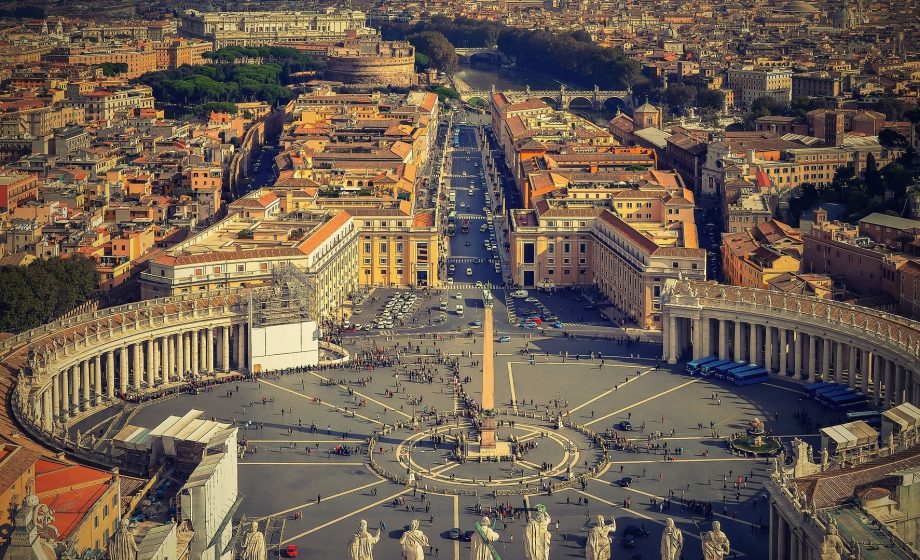The Vatican Museums house some great artworks globally, from ancient Egyptian antiquities to Michelangelo’s Sistine Chapel and papal chariots. However, one of its least-visited collections has become most contested before Pope’s travel to Canada.
Anima Mundi Ethnological, the contested collection, is situated close to the food court and near the major exit, with thousands of art and artifacts designed by Indigenous peoples across every part of the world, which was sent to Rome by Catholic missionaries during the Vatican gardens 1925 exhibition.
The Vatican reveals that the carved walrus tusks, feathered headdresses, embroidered animal skins, and masks were gifts to Pope Pius XI, who was then celebrating the Church’s missionaries, global reach, and the indigenous peoples’ lives they evangelized.
However, the Canadian Indigenous groups, who saw a few items in the Collection during their last spring trip to the Vatican, questioned how some of the collections were acquired and wondered what else might be there after many years of not being displayed.
Now, they want the collections back. For Cassidy Caron, the Metis National Council president who led the delegation for the items return, “These pieces that belong to us should come home.”
Caron stated that returning the missionary collection items will help heal the generational trauma and allow the indigenous peoples to tell their stories.
According to her, “For so long, we had to hide who we were. We had to hide our culture and hide our traditions to keep our people safe. Right now, in this time when we can publicly be proud to be Metis, we are reclaiming who we are. And these pieces, these historical pieces, tell stories of who we were.”
In reaction, Matteo Bruni, the Vatican spokesman, didn’t rule out that Pope Francis could return the item. He thinks the Pope may repatriate some of the items in his trip. “We’ll see what happens in the coming days,” Bruni added.
Why were the items in Rome?
It’s possible the indigenous peoples of Canada gave the handiworks to Catholic missionaries because of the 1925 expo, or maybe the catholic missionaries purchased them.
However, historians have wondered if the items were really given freely given the power imbalances in Catholic missions and the government’s action of removing indigenous traditions.
“By the power structure of what was going on at that time, it would be very hard for me to accept that there wasn’t some coercion going on in those communities to get these objects,” opinioned Michael Galban, a director, and curator of the Seneca Art & Culture Center in the US.
Gloria Bell, a fellow at the American Academy in Rome, agreed with Michael Galban. She said, “Using the term ‘gift’ just covers up the whole history. We need to question the context of how these cultural belongings got to the Vatican and their relation to Indigenous communities today.”
Time will tell whether, when, and how the items will be returned to Canada.

